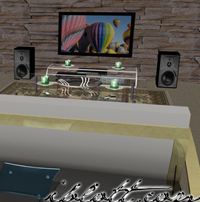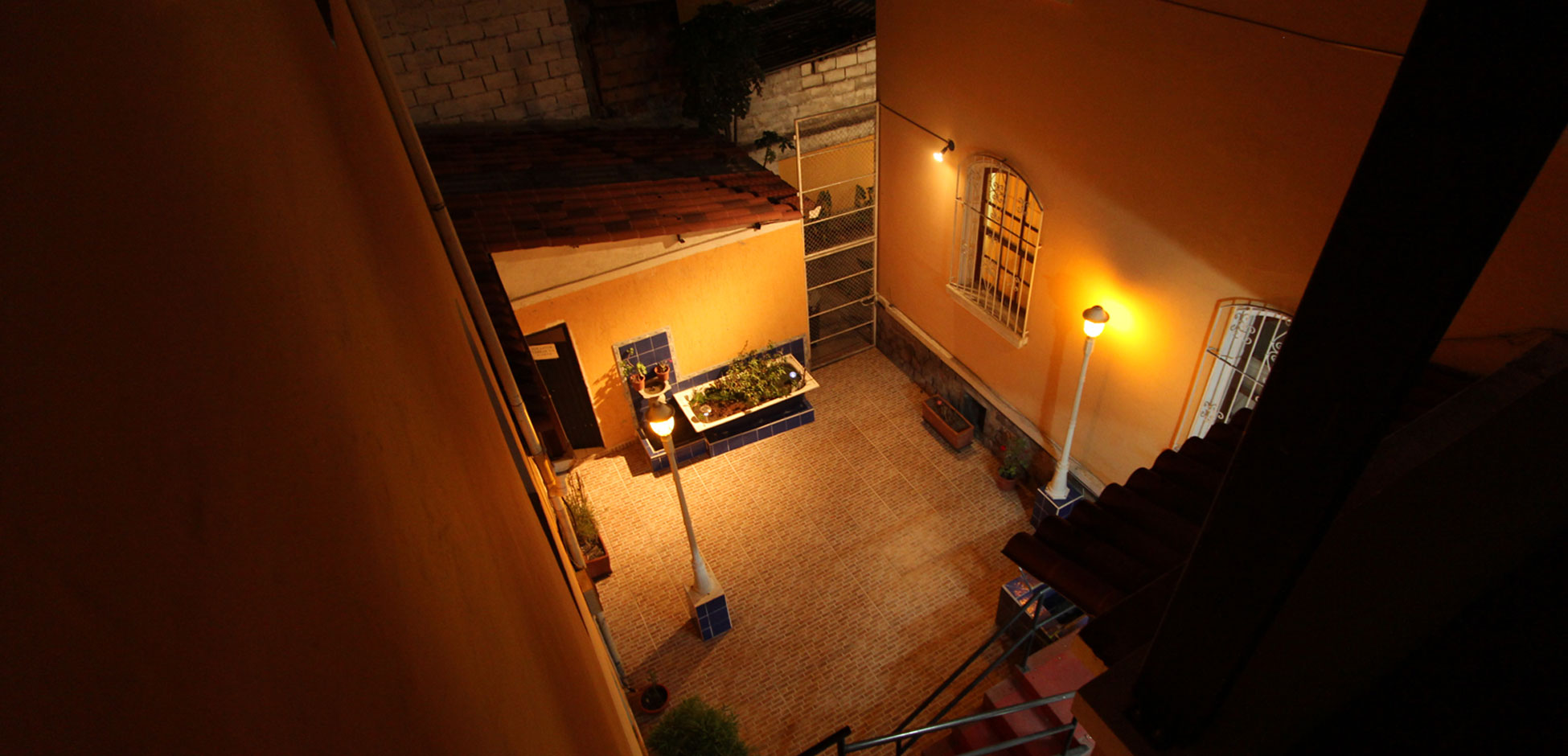Mastering CSS Font-Family Properties: A Comprehensive Guide
In the dynamic world of web design, every detail matters. Fonts play a crucial role in enhancing the overall aesthetics and readability of a website. One of the key CSS properties that web developers use to manipulate fonts is font-family. In this blog post, we’ll delve into the intricacies of the font-family property, exploring its significance, syntax, and practical applications.
Understanding CSS Font-Family: The font-family property in CSS is a versatile tool that allows developers to define the typeface or font family for text content within an HTML element. This property holds a prioritized list of font family names and/or generic family names, ensuring that the browser displays the text in the specified style.
Syntax: The syntax for the font-family property is straightforward:
cssCopy code
selector { font-family: value; }
The value can consist of one or more font family names and/or generic family names, separated by commas. Let’s explore these components in more detail.
Font Family Names: When specifying a font family, you can use the actual name of the font. For example:
cssCopy code
body { font-family: "Helvetica Neue", Arial, sans-serif; }
In this example, the browser will attempt to display the text in “Helvetica Neue.” If this font is not available, it will default to Arial. The sans-serif at the end is a generic font family that serves as a fallback in case neither “Helvetica Neue” nor Arial is available.
Generic Family Names: Generic family names are categories of fonts that share similar characteristics. They provide a broader, more flexible approach to font selection. The commonly used generic font families include:
serif: Fonts with serifs (small decorative lines at the ends of characters).sans-serif: Fonts without serifs.monospace: Fonts where each character takes up the same horizontal space.cursive: Fonts designed to resemble handwriting.fantasy: Decorative or fantasy-style fonts.
cssCopy code
h1 { font-family: serif; } p { font-family: "Times New Roman", Times,
serif; }
blockquote { font-family: cursive, sans-serif; }
vbnetCopy code
In these examples, the heading (`h1`) will use a serif font, while the paragraphs (`p`) will prioritize "Times New Roman" and fallback to generic serif fonts. The `blockquote` will attempt to use a cursive font, but if unavailable, it will default to a sans-serif font. Practical Applications: Now that we understand the syntax and components of the `font-family` property, let's explore some practical applications: 1. **Global Font Definition:** To maintain a consistent font style throughout your website, you can define a global font family in the `body` selector. ```css body { font-family: "Open Sans", Arial, sans-serif; }
- Specific Font Usage: For specific elements, you might want to use a different font. For instance, you can make your headings more decorative with a cursive font:cssCopy code
h1 { font-family: cursive, sans-serif; } - Fallback Strategy: Always include a generic font family as the last option to ensure that if the preferred font is unavailable, the browser can choose an appropriate alternative:cssCopy code
p { font-family: "Gotham Book", Arial, sans-serif; }
Conclusion: In conclusion, the font-family property in CSS is a powerful tool for shaping the visual identity of your website. By understanding how to use font family names and generic family names, you can create a cohesive and visually appealing design. Remember to strike a balance between creativity and practicality, ensuring that your chosen fonts contribute to an enhanced user experience. Experiment with different combinations to find the perfect typography that aligns with your website’s goals and aesthetics.

















Comments are closed here.